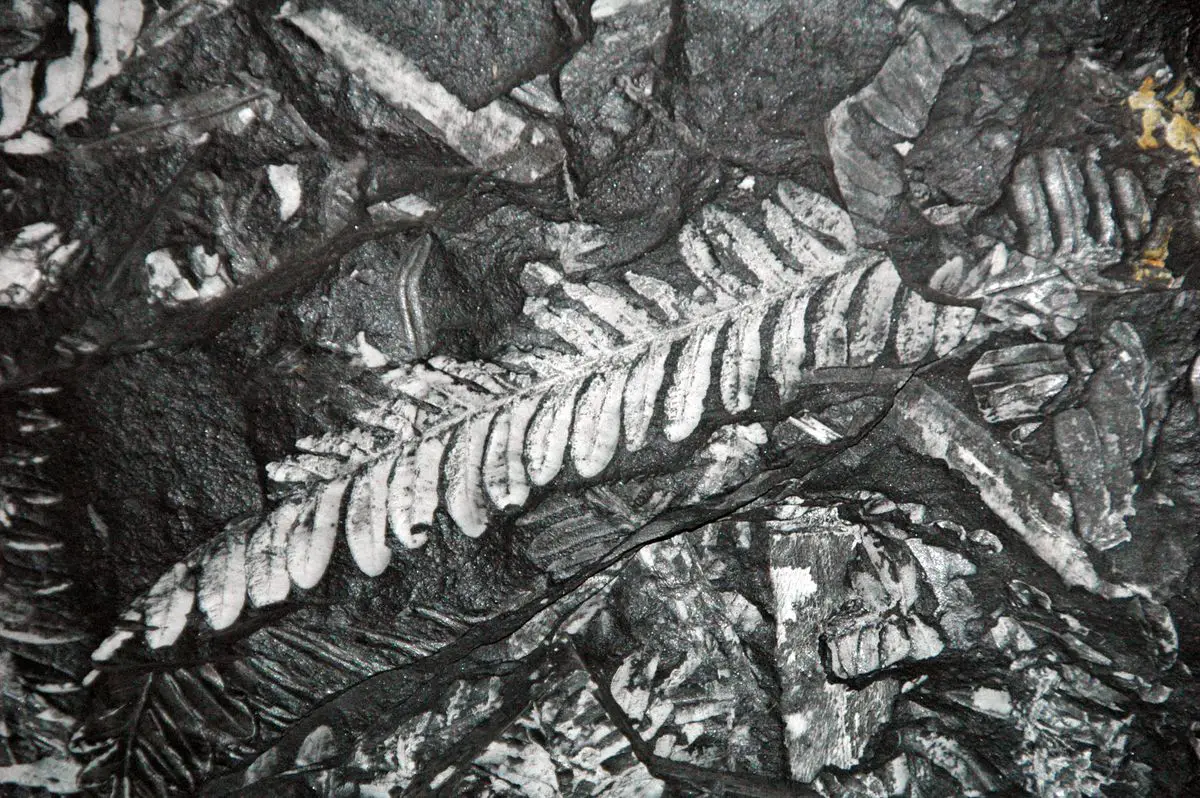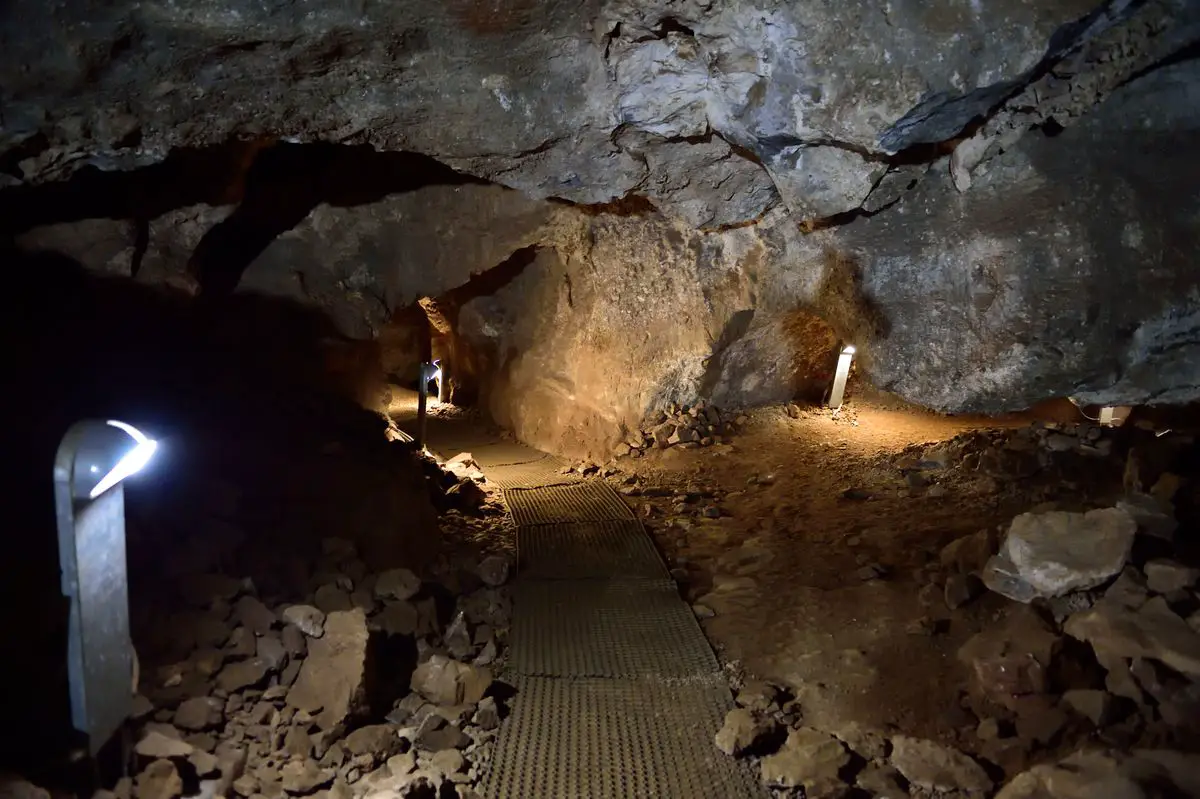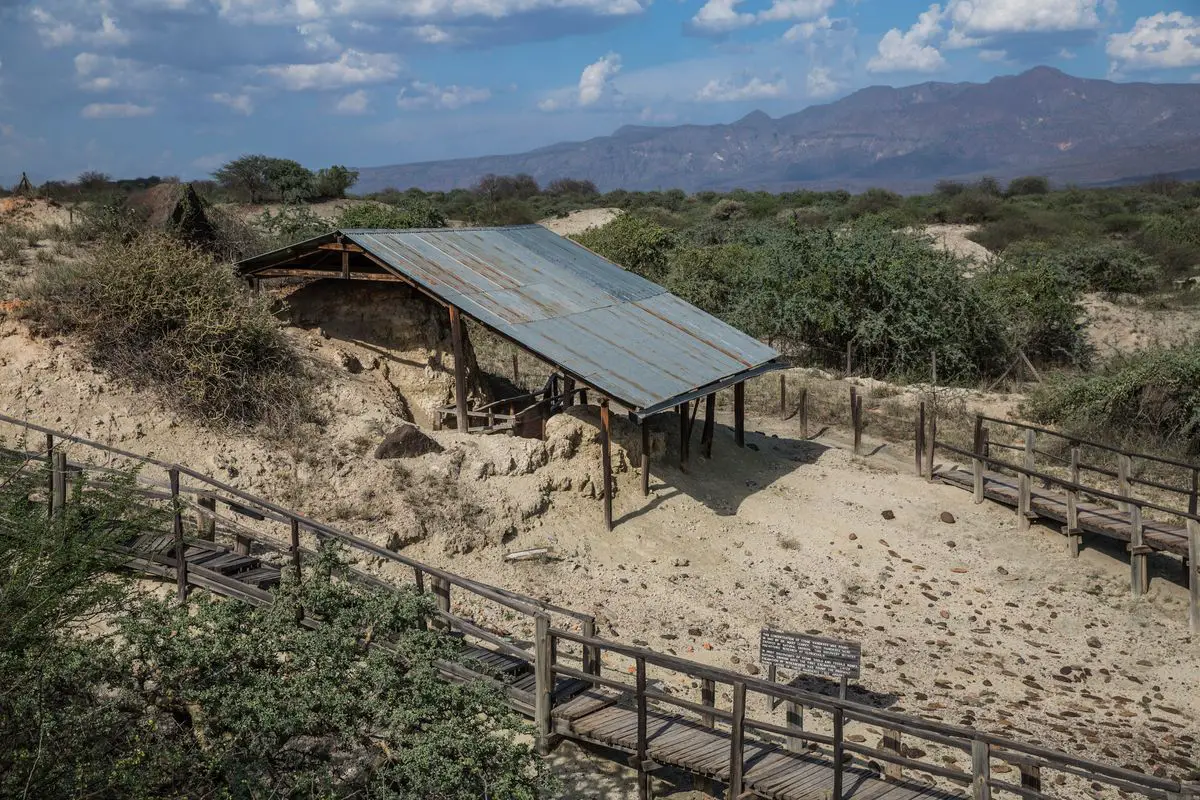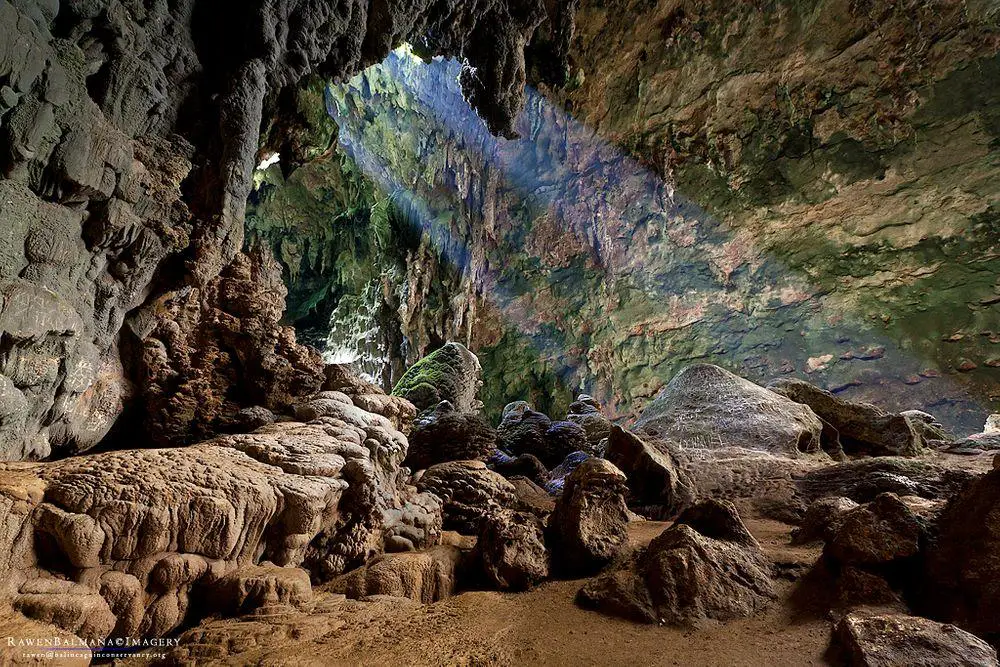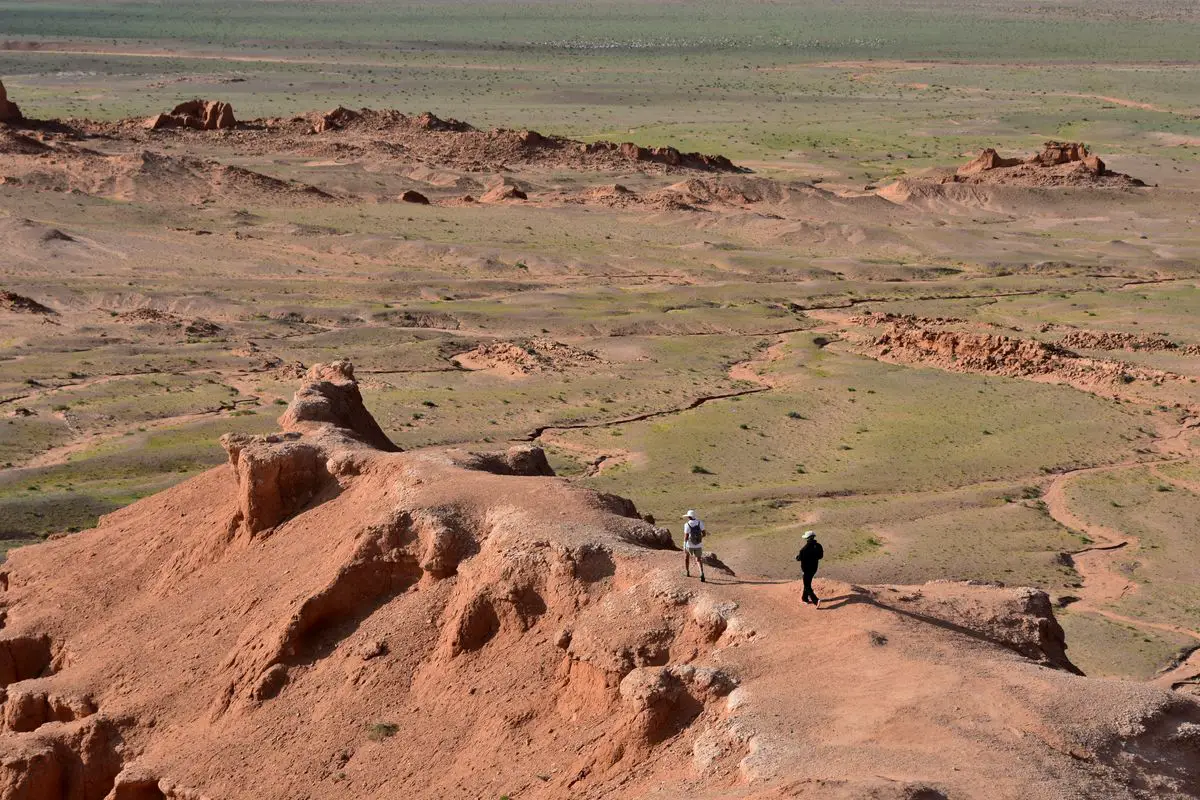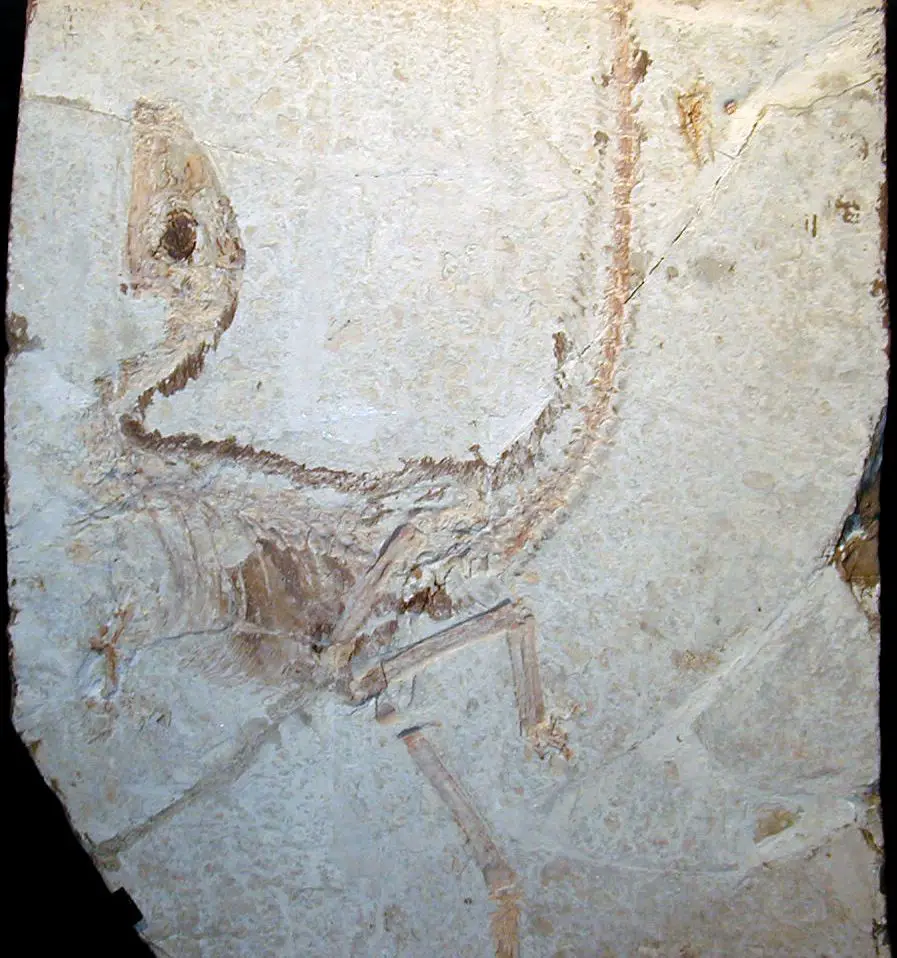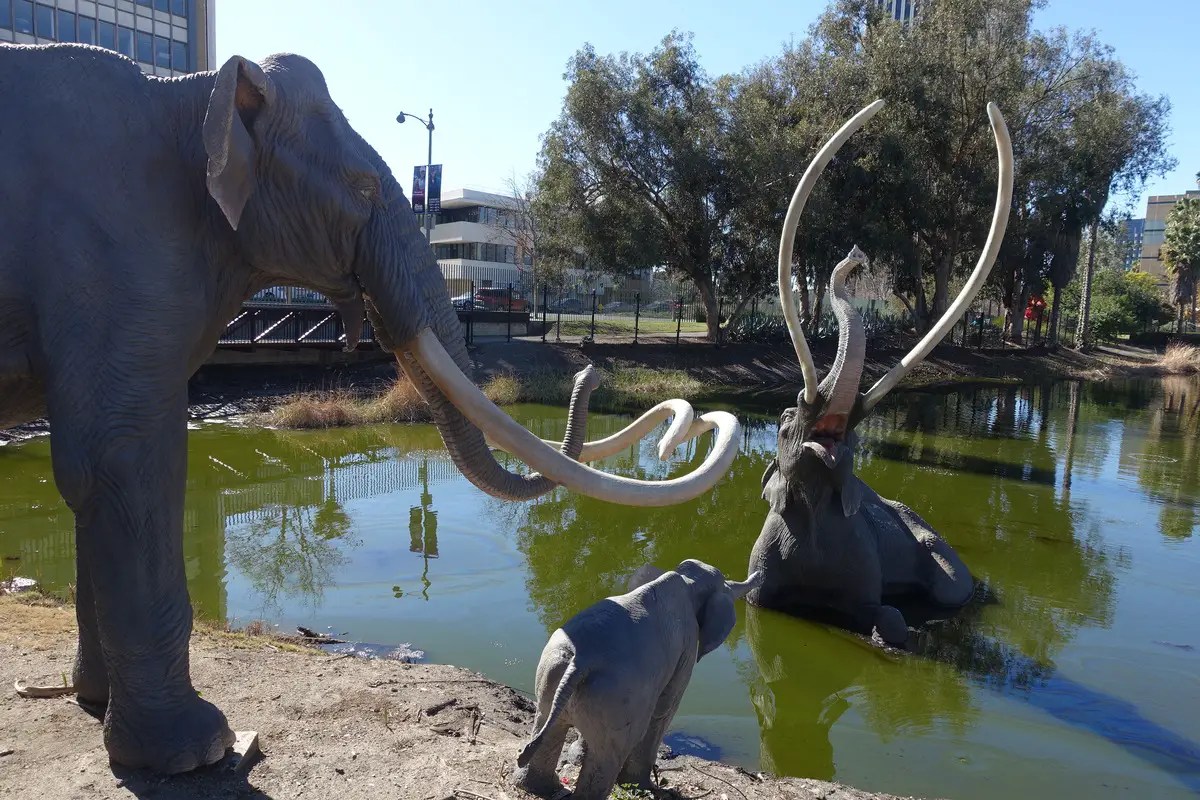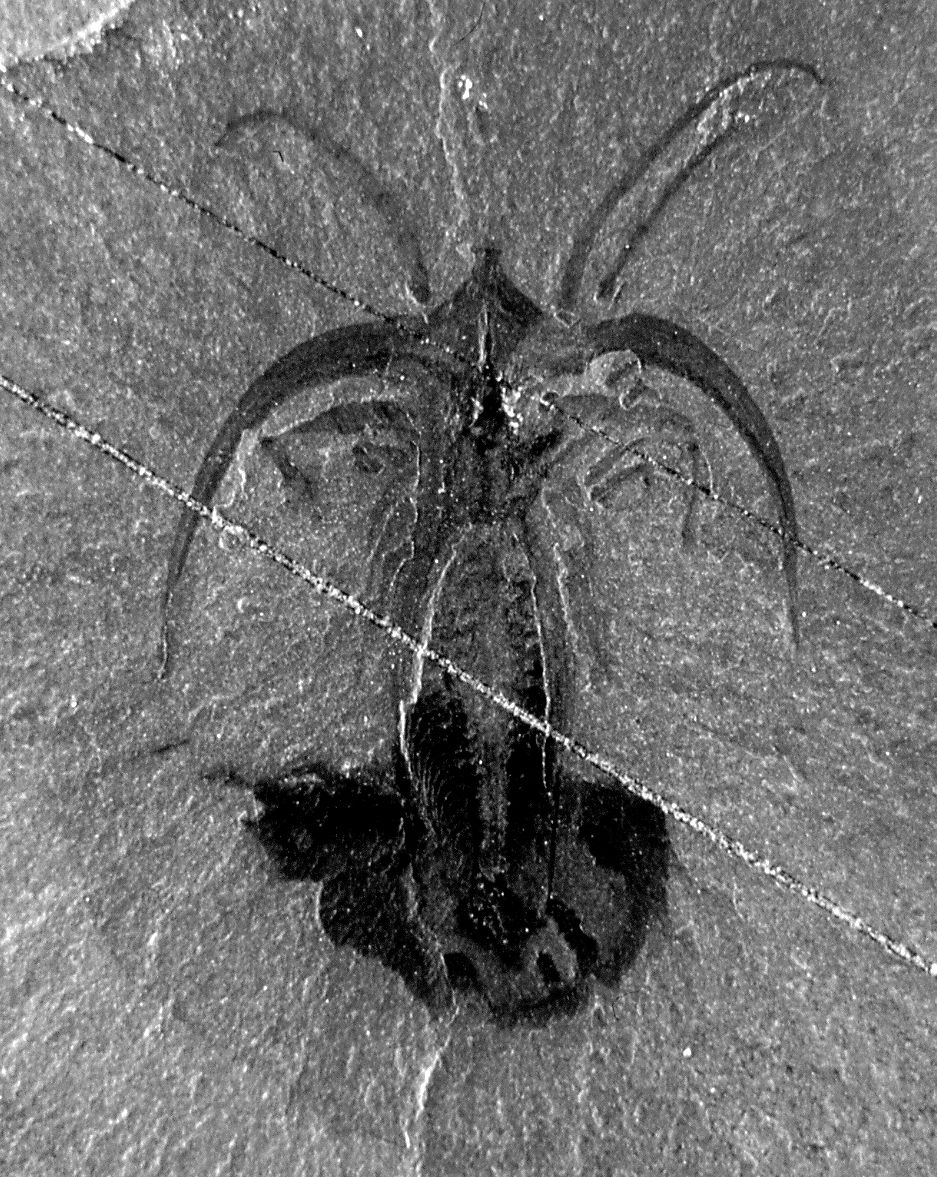Wondermondo 🢖 Categories of wonders 🢖 Biological wonders 🢖 Fossil finds
Category
Fossil finds
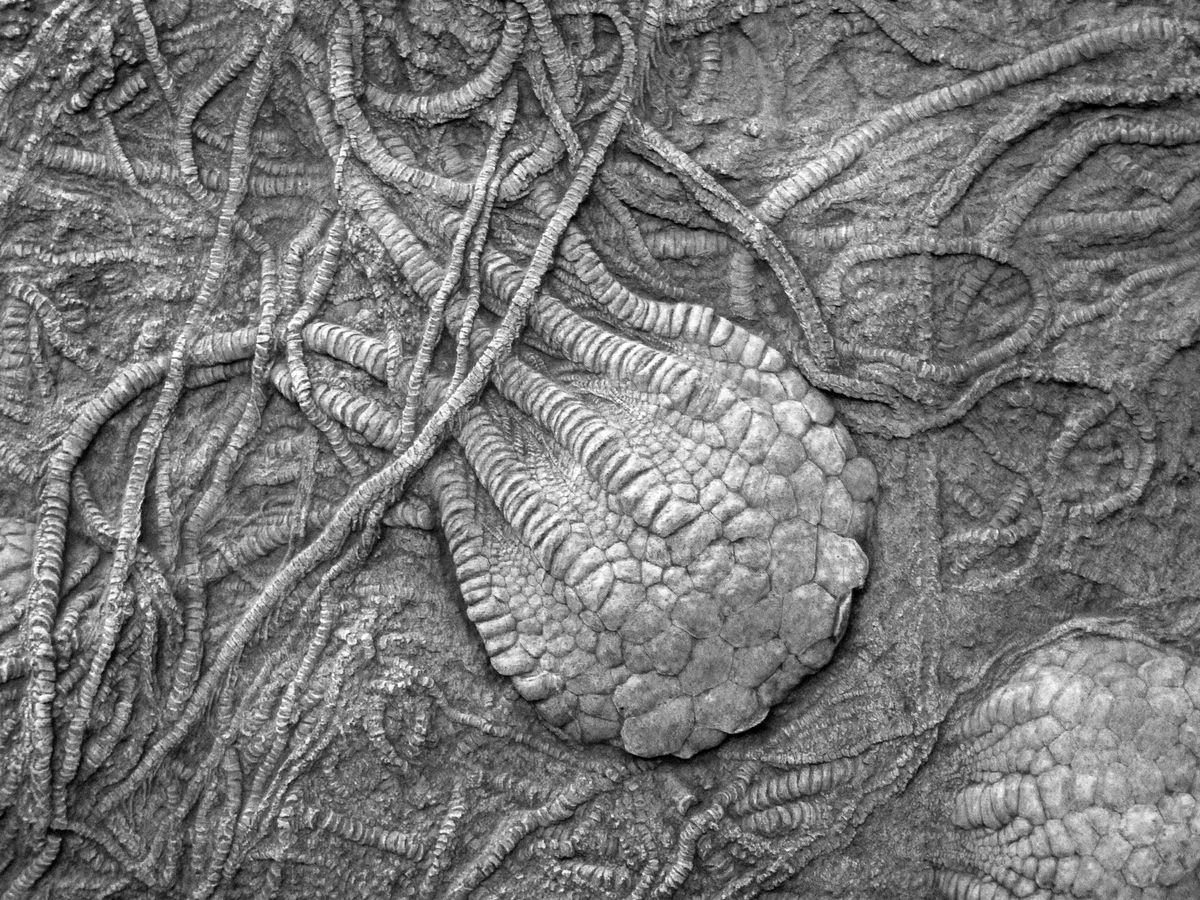
 Described fossil finds
Described fossil finds
If you see this after your page is loaded completely, leafletJS files are missing.
 What is included in this category?
What is included in this category?
This category includes locations where are found scientifically and/or visually interesting remains of organisms, typically more than 10 000 years old.
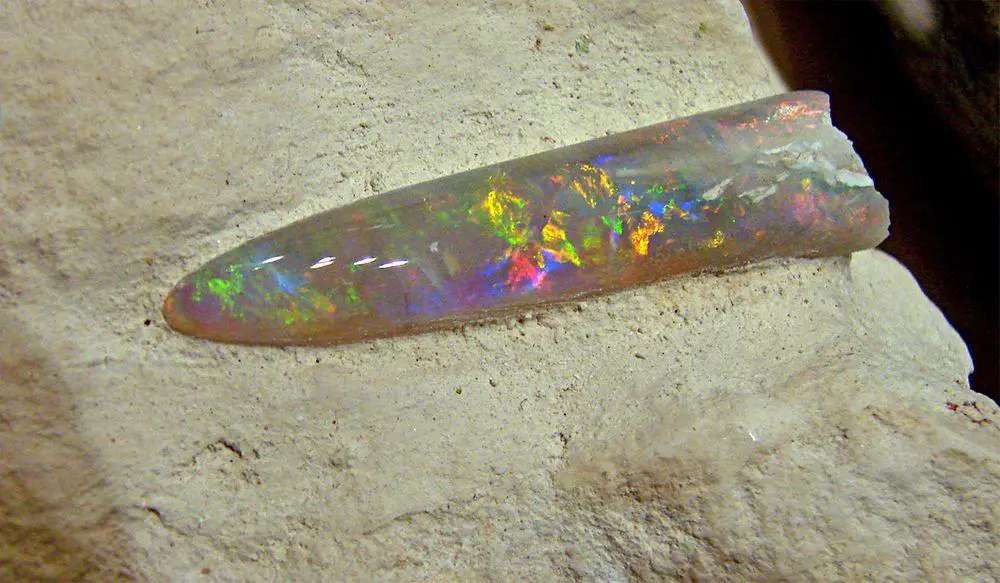
Fossils are all over the world: after all, throughout billions of years on Earth have lived and died countless diverse organisms. More frequently are preserved the harder parts of the organisms – bones, teeth, shells – in most cases replacing the original organic materials with minerals. But in many cases also the soft tissue is preserved – thanks to lucky coincidences this tissue is replaced with minerals, sometimes up to the level of cells.
Wondermondo has one exciting subcategory to the category of fossil finds:
- Early human finds – the most important and unusual places with remains and other traces of activities by early humans (including other species of humans) and other hominins.
Main types of fossils
The four main types of fossils are:
- Petrified fossils – when hard parts of the organisms (shells, bones, teeth) are replaced with minerals. The most common fossils – from microorganisms to enormous dinosaur fossils..
- Compressed fossils – when the organism is under the pressure and leaves an imprint between the shales. Usually these imprints are darker. This is the most common type of fossil plants but also other organisms.
- Moulds and casts – when the organism leaves a relief – three-dimensional imprint – on the rocks. Often these imprints are filled with another material – cast.
- Remains of organism “in person” – the original material or organism that has been preserved in chemically neutral media. Such are the fossils of insects and even reptiles in amber and also Ice Age animals that are found in ice and permafrost.
The most luxurious finds – Lagerstätte
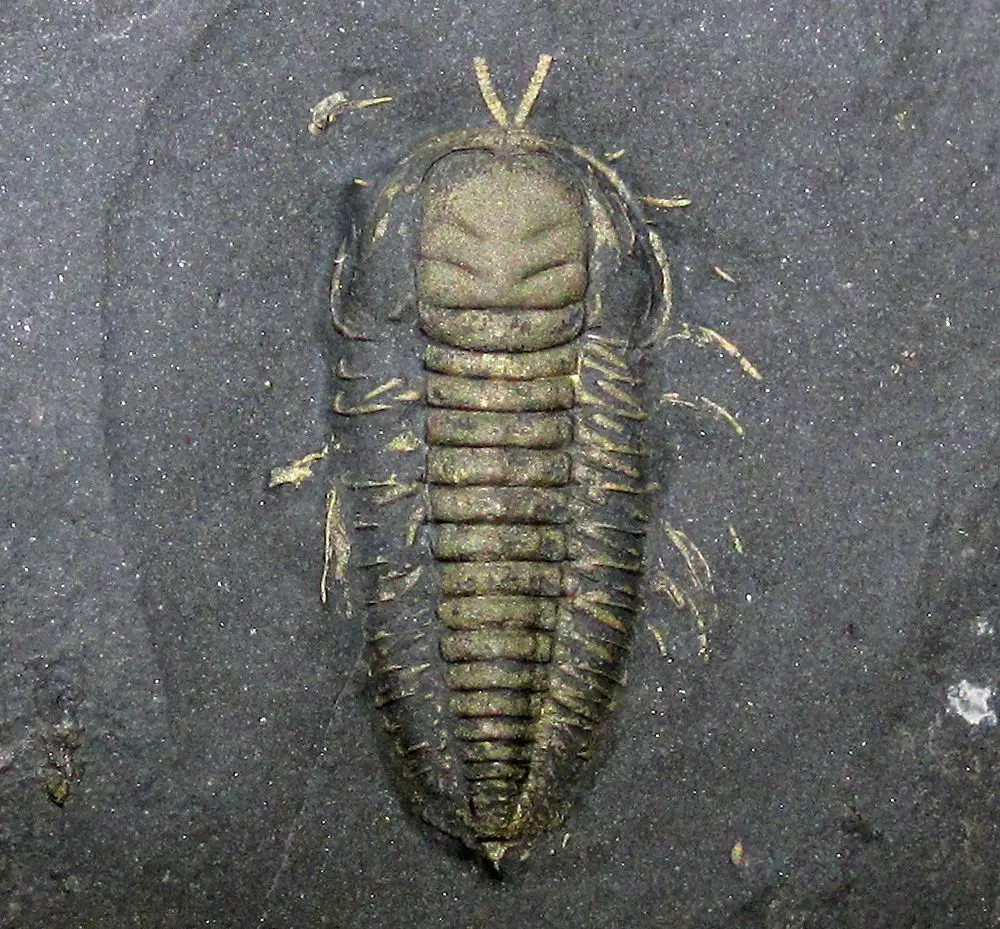
The best finds of fossils are named – “lagerstätte” – a German term that means “storage location”. Such places are treasured by the scientific community and each of them promises new finds and scientific papers for decades to come.
The two main kinds of lagerstätte are:
- Konzentrat-lagerstätte – locations where lots and lots of fossils are found. Unfortunately, often in such finds the bones and other parts of organisms are fractured into small parts and mixed together. But a good scientist will find a lot of interesting also in such cases.
- Konservat-Lagerstätten – places, where fossils have been preserved in exceptional quality. These places are the best of the best in the world of paleontology – the science about life in the past.
The exact location of many valuable finds of fossils is kept secret – otherwise, the countless fossil hunters would just disassemble these places before the extraction of valuable scientific information.
Some records
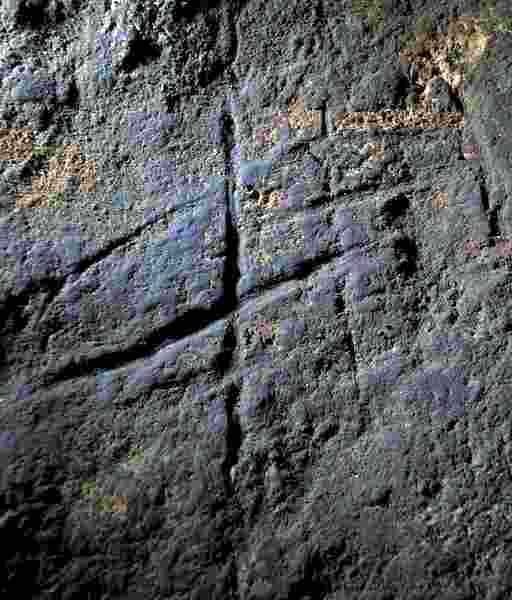
- The oldest fossils? Frankly, we are not sure – where are they. Graphite in the gneiss rock in Saglek, northern Labrador in Canada may show traces of microorganisms who could live 3.95 billion years ago, but just as well – this might be some another process not related to life. Similar uncertainties are about other finds that are some 3.6 – 3.8 billion years old. The oldest certain fossils are some 3.5 billion years old stromatolites from Pilbara Region, Western Australia.
- Remnants of the oldest multicellular organisms were found in Torridon, Highlands of Scotland, United Kingdom. This microscopic organism – holozoan Bicellum brasieri lived approximately 1 billion years ago.
- The oldest known vertebrate was found in Flinders Ranges, South Australia. This small, tadpole-like creature lived some 560 or even 565 million years ago.
- The oldest known air-breathing creature is the millipede Pneumodesmus newmani some 414 million years ago. It was found at Stonehaven (United Kingdom, Scotland).
- Fossil of the world’s largest creature could be remnants of a titanosaur in Chihuidos region (Argentina, Neuquén). This dinosaur lived some 98 million years ago. Its size has not been estimated yet but it could be larger than argentinosaurs who were up to 40 m long and 100 metric tons heavy.
- The oldest known mammal fossil is Asaphestera platyris who lived some 315 million years ago.
- The most recent humans of another species (or – subspecies?) were Neanderthals who lived in Gorham’s Cave in Gibraltar 24 000 years ago. There are tempting theories and stories about more recent populations of other human species around the world.
 Top 25 fossil finds
Top 25 fossil finds
Africa
Sterkfontein
South Africa, Gauteng
The richest site for early hominins in the world. Found remnants of some 500 hominins, mainly up to 2.3 million years old remnants of Australopithecus africanus. Here was discovered also the earliest species of humans – Homo gautengensis. There are ongoing longest continuously running fossil excavations in the world, starting in 1966. The cave contains a lake.
Oldupai Gorge (Olduvai Gorge)
Tanzania, Arusha
World’s most important source of information about the development of early humans. Paranthropus boisei lived here some 2.4 – 1.4 million years ago, Homo habilis – some 1.9 million years ago, Homo erectus – 1.2 million years ago, Homo sapiens – 17,000 years ago. Here were discovered some of the oldest stone tools in the world, signs of hunting.
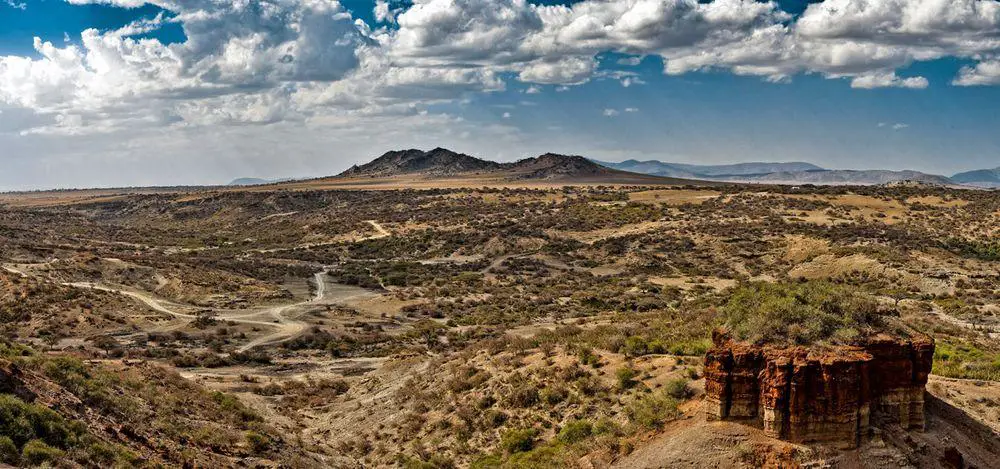
Wadi Al-Hitan
Egypt, Faiyum
Globally important find of fossils of the extinct suborder of whales – Archaeoceti. These animals marked the change from land-based animals to ocean-going animals. Well-preserved fossils are located in an attractive desert landscape.
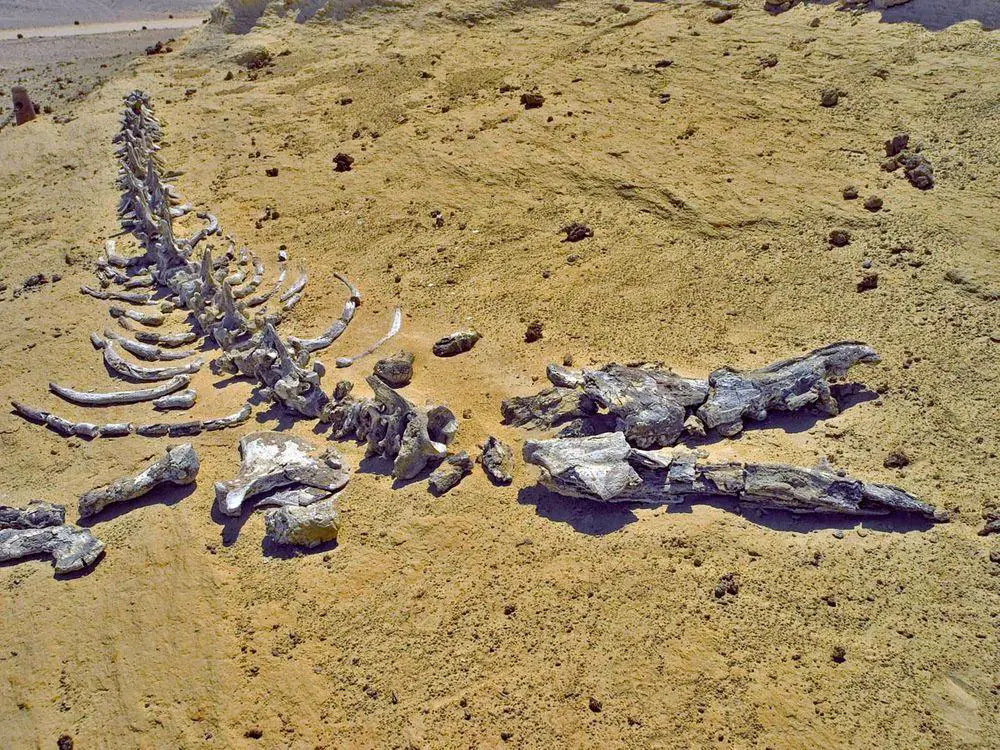
Olorgesailie
Kenya, Rift Valley
In this world-famous site were found numerous tools made by man 600 – 900 thousand years ago. These tools were made by Homo erectus – there have been found also remnants of these people. Specialists have found also numerous bones of now-extinct animals that, possibly, were hunted in this region.
Rising Star Cave
South Africa, Gauteng
In this cave were found remains of extinct, other species of humans that have been named – Homo naledi.
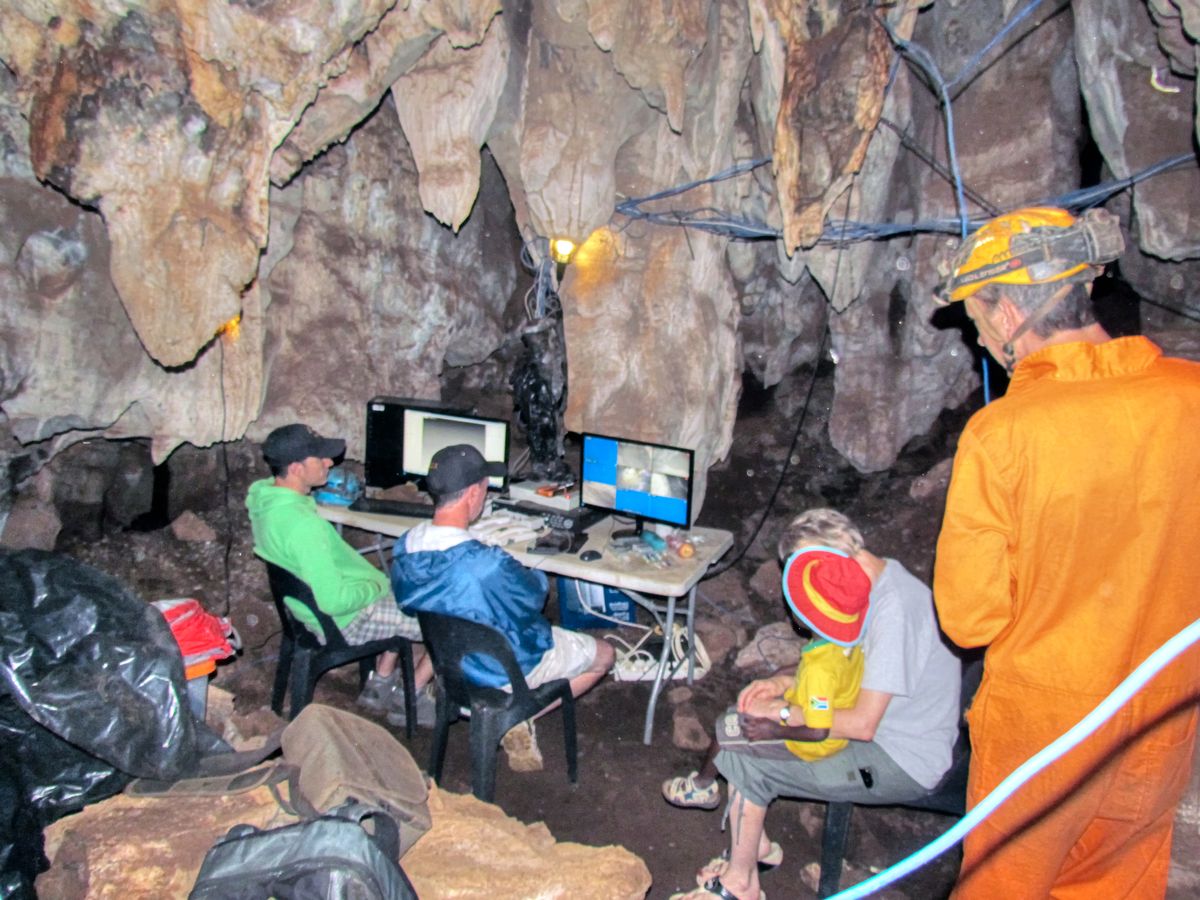
Asia
Denisova Cave
Russia, Altai Krai
This cave contains at least 125,000 years old artifacts left by ancient hominins. After a splinter of bone here has been identified new species of early humans – Denisova hominin or Denisovan.
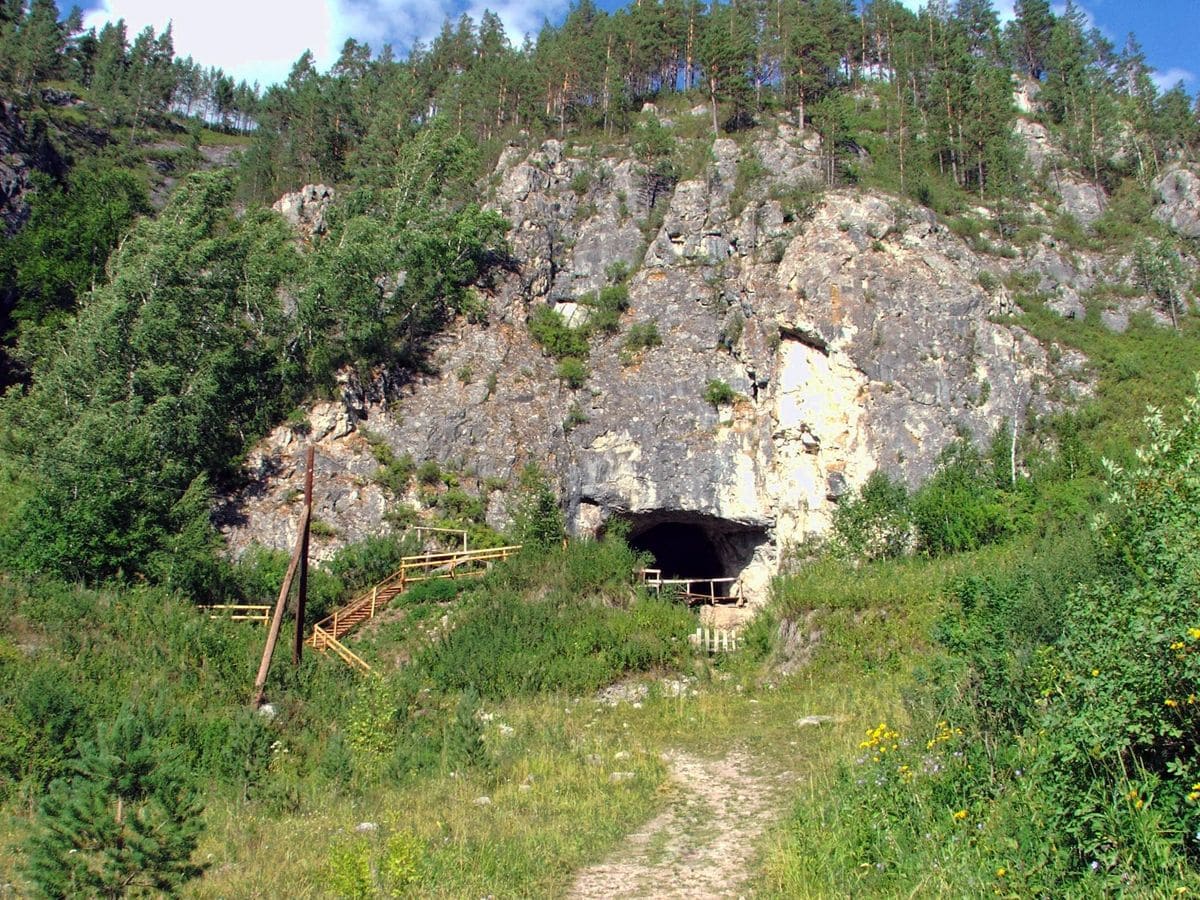
Callao Cave
Philippines, Cagayan
An enormous cave system with beautiful speleothems. There have been found the earliest human remains in the Philippines, at least 67 thousand years old. These remnants belong to an extinct species of humans – Homo luzonensis.
Liang Bua
Indonesia, Lesser Sunda Islands
In the cave (and only here) there were discovered remnants of a newly discovered, extinct species of human – Homo floresiensis.
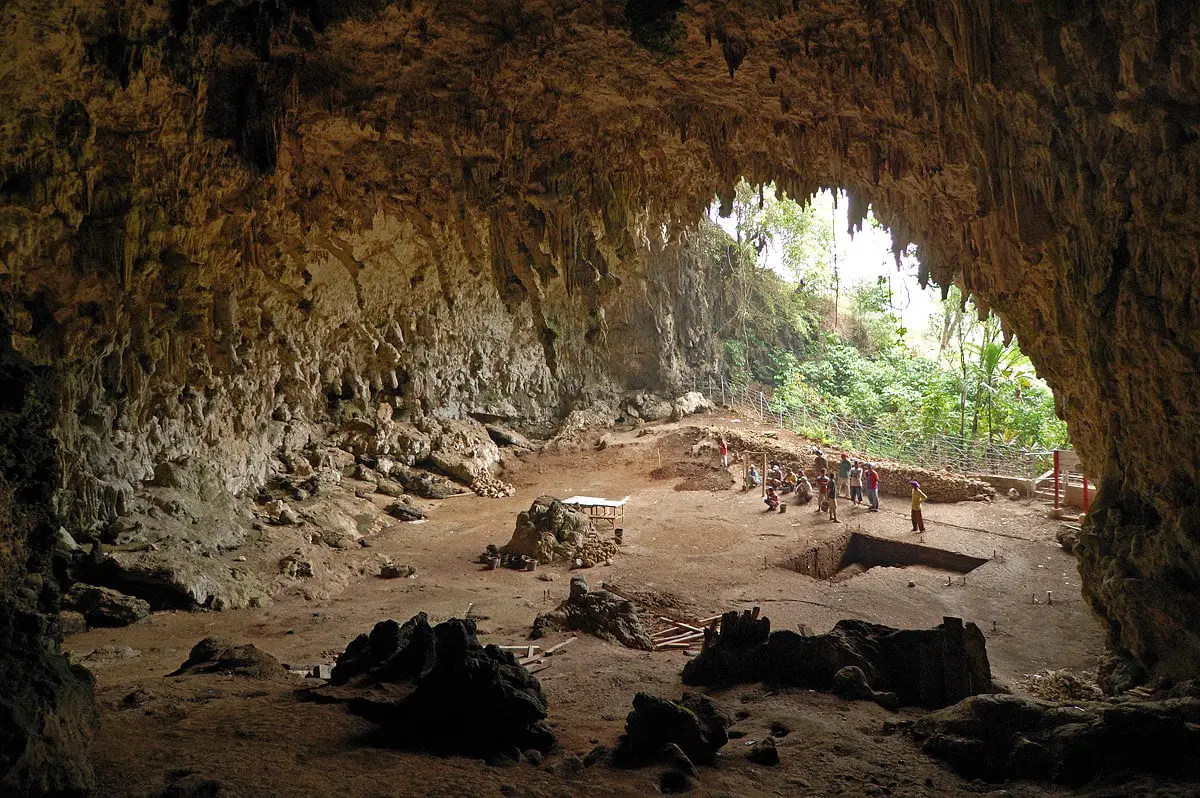
Bayanzag (Flaming Cliffs)
Mongolia, Ömnögovi
One of the richest and most interesting fossil finds on Earth. This was the first site where dinosaur eggs were found, there have been found remnants of Velociraptor and other Cretaceous dinosaurs.
Sihetun fossil finds
China, Liaoning
One of the richest finds of fossils in the world. There are found fossils from the Cretaceous period including numerous dinosaurs such as Shenzhousaurus, Sinornithosaurus, and others. A famous find is a feathered dinosaur Sinosauropteryx which helped to bring in more knowledge about the link between dinosaurs and modern birds. One of the many excellent finds of dinosaurs and other extinct organisms in Liaoning Province.
Zhoukoudian
China, Beijing Municipality
Famous due to archaeological findings such as one of the first known specimens of another human species – Homo erectus, called also Peking Man, who lived here approximately 680,000 – 750,000 years ago. Cave inhabited also by modern humans in Upper Paleolithic. Remains of numerous extinct animals such as gigantic hyena Pachycrocuta brevirostris.
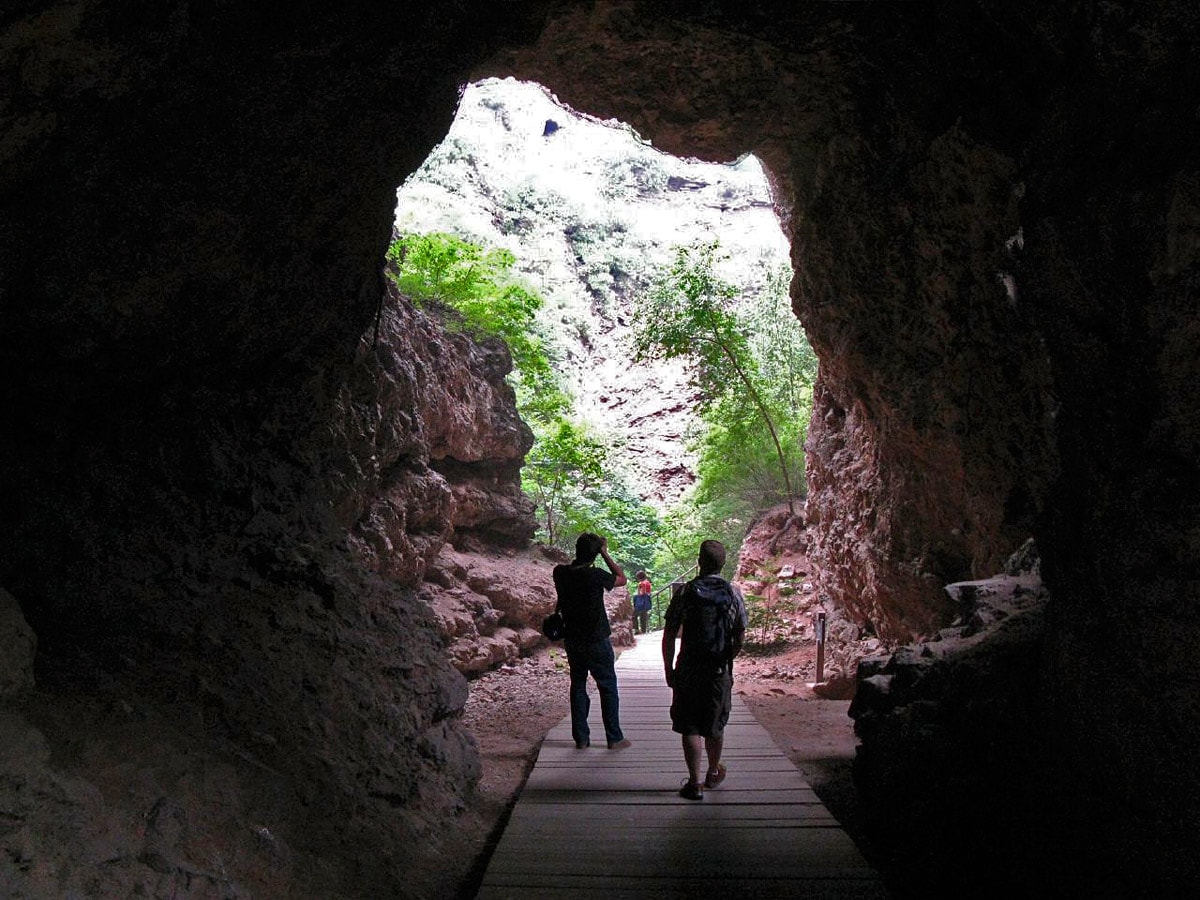
Australia and Oceania
Naracoorte Caves
Australia, South Australia
Group of 28 caves that contain remnants of 99 species of mammals plus remnants of other kinds of animals from the Pleistocene. Exceptionally well-preserved remains of extinct animals range in size from small frogs to extinct giant marsupials.
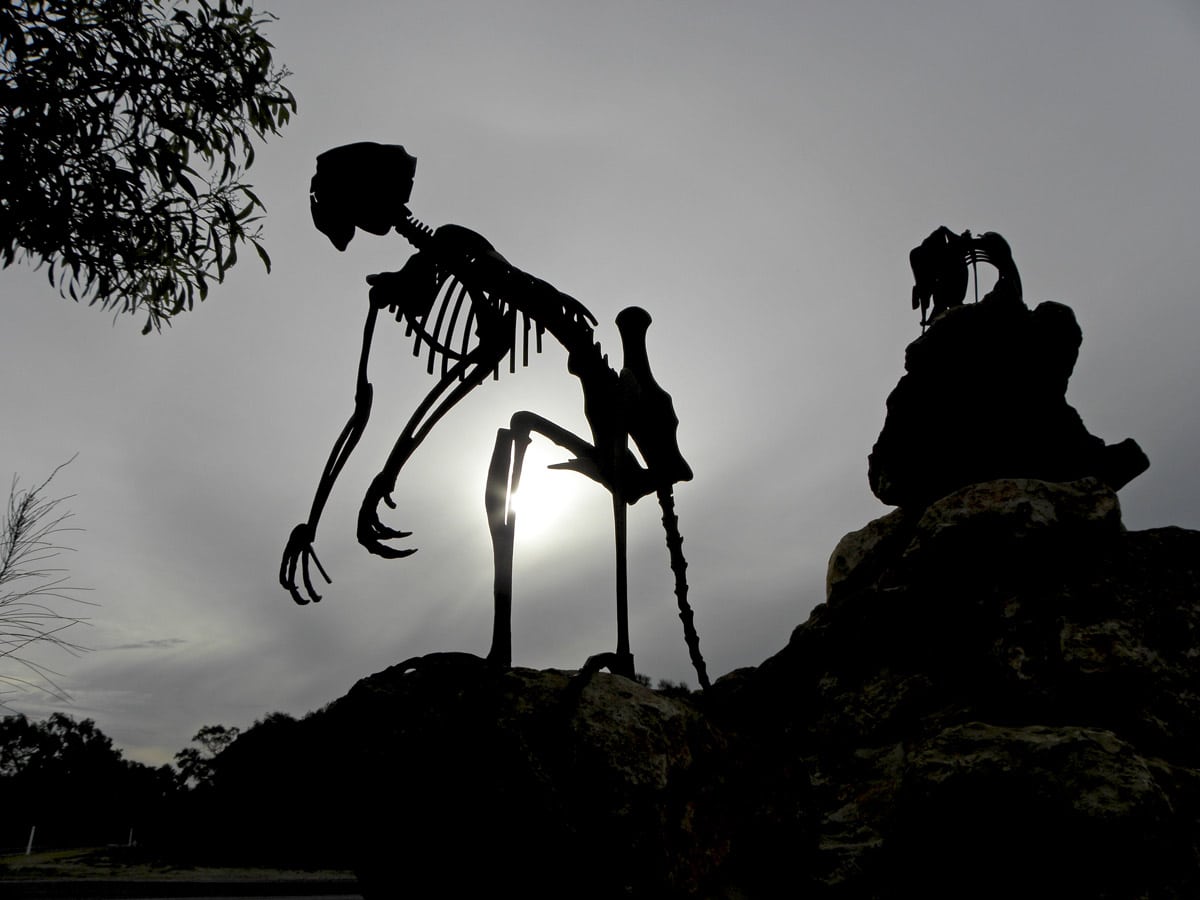
Europe
Peştera Urşilor (Bears’ Cave)
Romania, Bihor
Beautiful cave with remnants of some 140 cave bears (Ursus spelaeus) trapped by a rock slide more than 15,000 years ago.
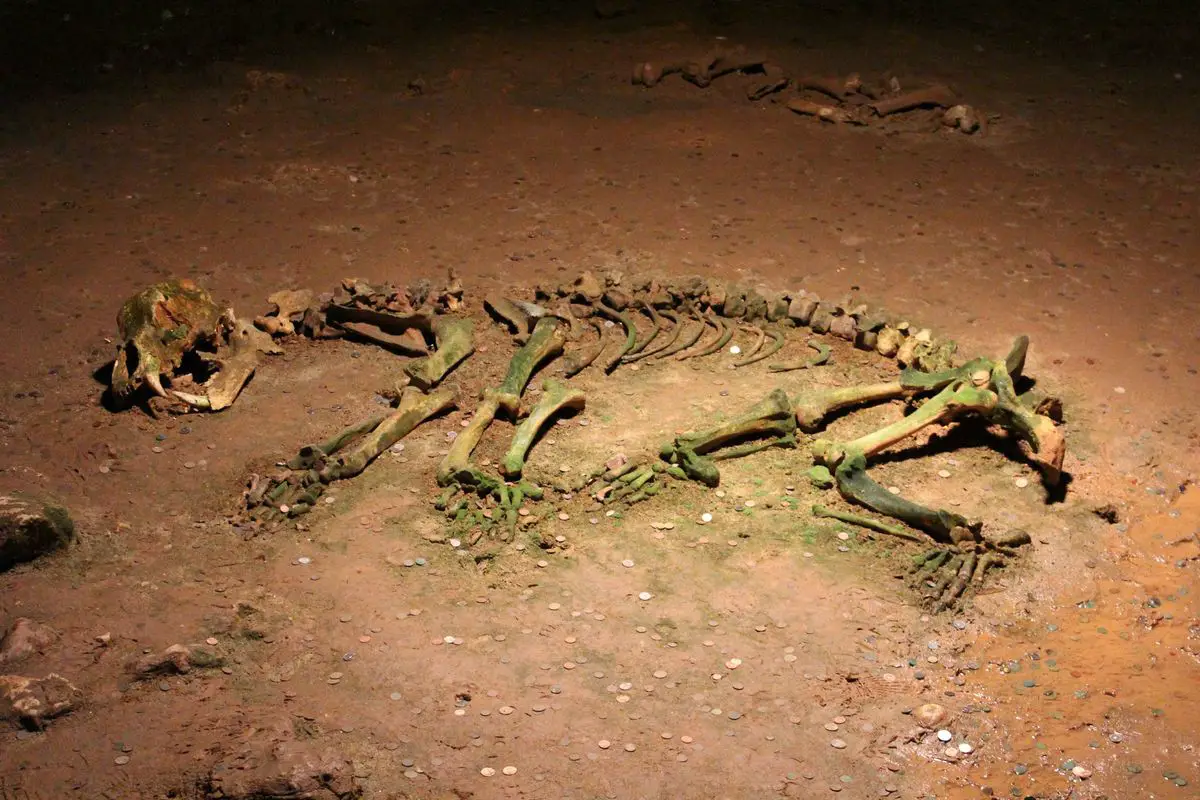
Gorham’s Cave
Gibraltar
One of four caves in Gorham’s Cave complex, the last known settlement of Neanderthals in the world. The time of their habitation includes an incision of eight lines, made at least 39,000 years ago, most likely made by Neanderthals – the oldest known abstract drawing in the world.
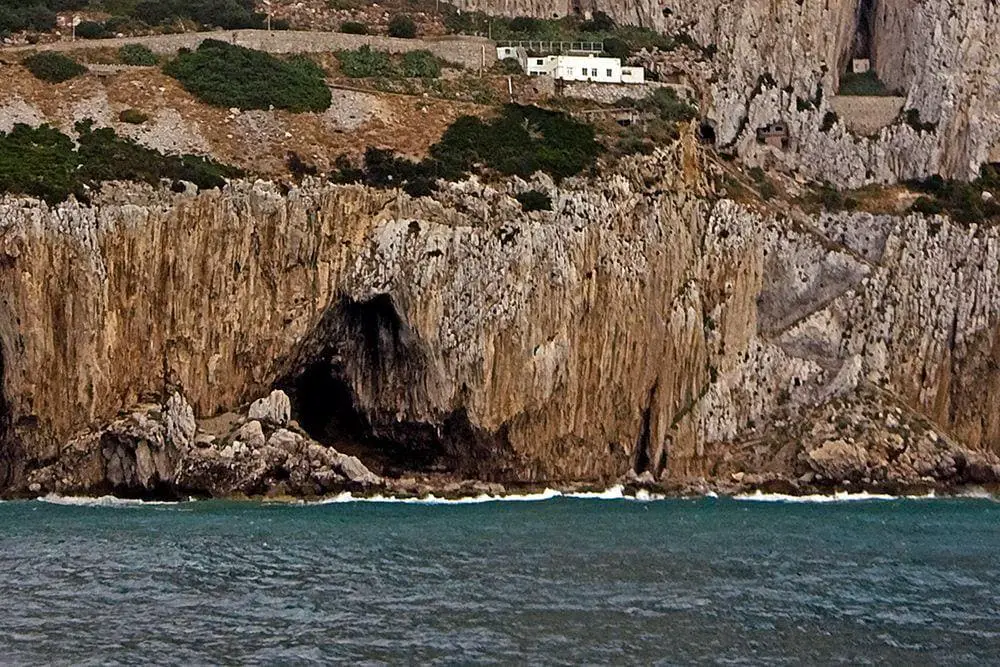
Petralona Cave
Greece, Central Macedonia
Approximately 2 km long cave with important finds of ancient hominins. An outstanding feature is the skull of hominin, most likely Homo erectus or Archanthropus europaeus who lived some 300,000 – 600,000 years ago. This skull has been crystalized and perched on a stalagmite. This finding caused much scientific discussion because it clashes with the basic theories of early human history and distribution. Here were found also numerous fossils of existing and extinct animals.
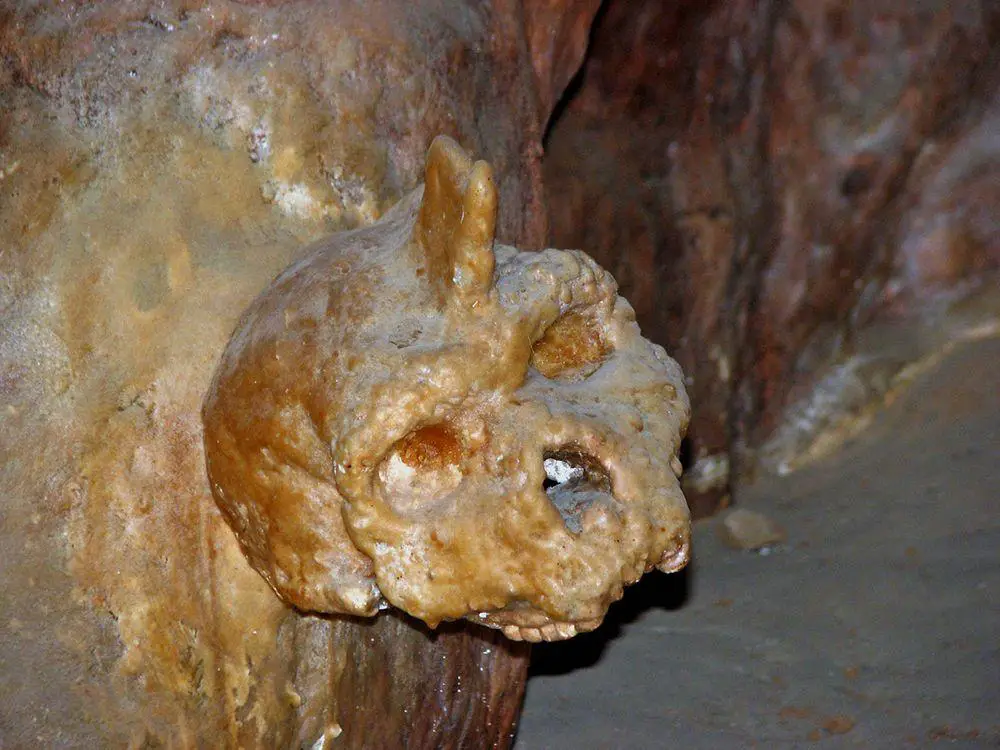
Monte San Giorgio
Switzerland, Ticino
A mountain at Lake Lugano. It consists of rocks that contain the best record of marine life fossils from the Triassic age – reptiles, fish, ammonites, bivalves, insects, plants, and others.
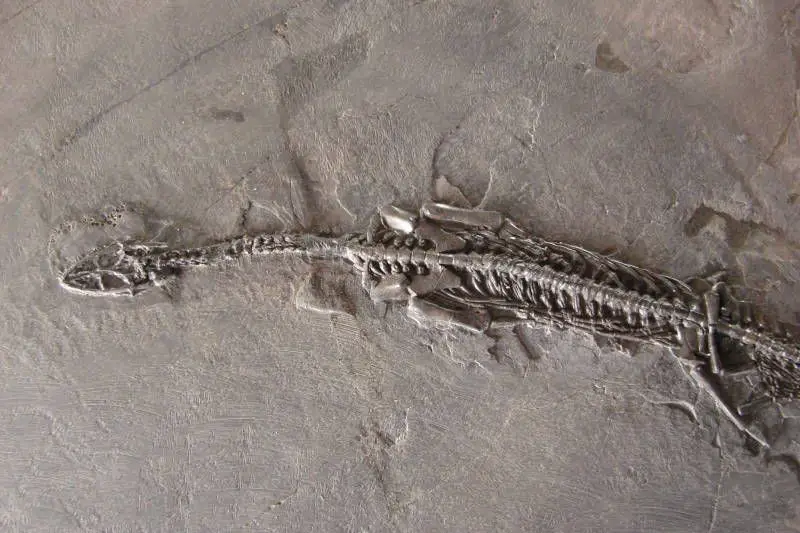
La Voulte-sur-Rhône fossils
France, Auvergne-Rhône-Alpes
Fossil finds of the late Middle Jurassic (160 million years ago) marine organisms. The preservation of the fossils is exceptional – sometimes the soft tissue has been preserved up to the cell level. There are fine fossils that are replaced with pyrite.
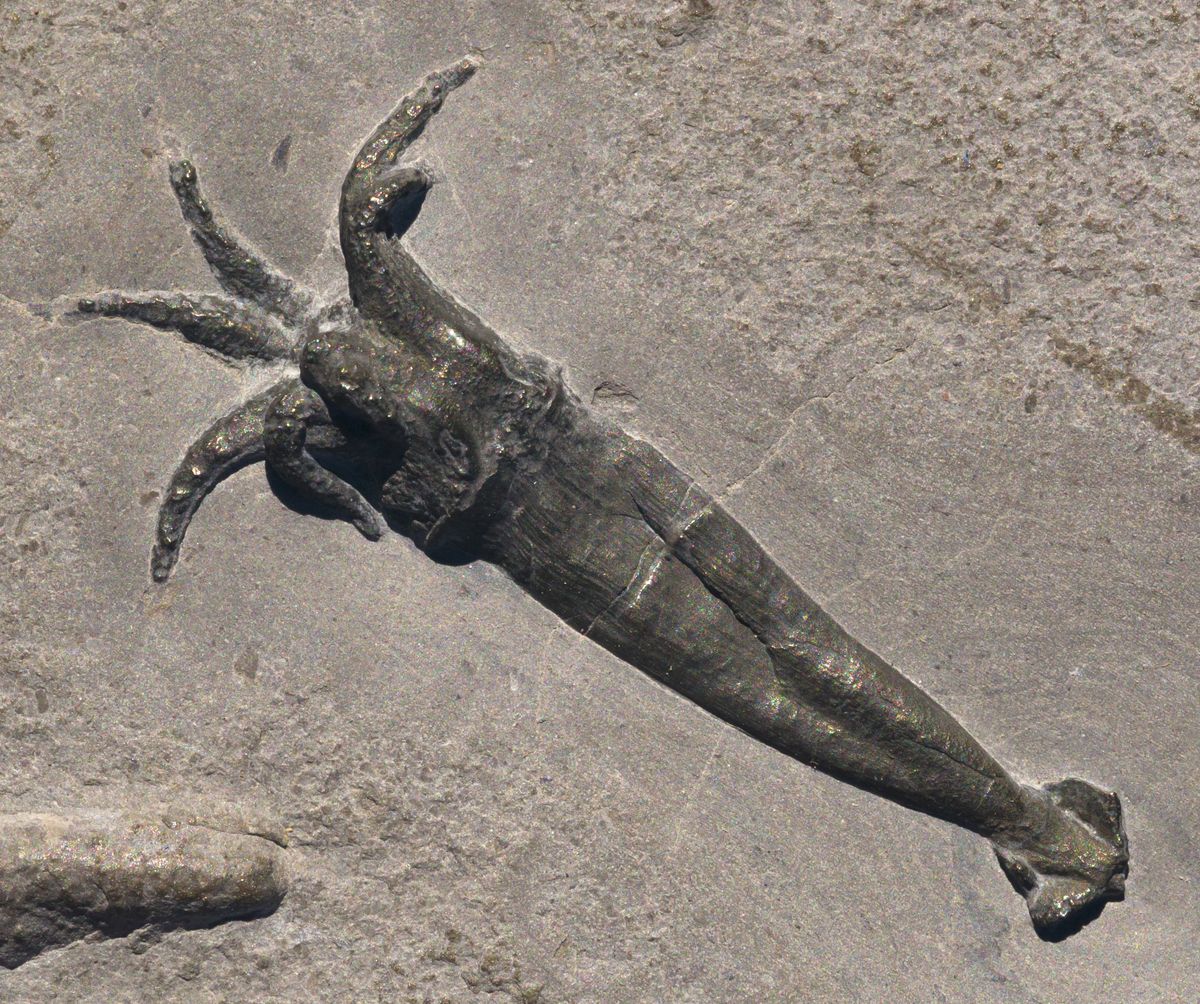
North America
Dinosaur Provincial Park
Canada, Alberta
Badlands in the Red Deer River are world-famous due to extremely rich finds of fossils, including more than 500 specimens of dinosaurs belonging to more than 40 distinct species. Here have been found fossils of more than 500 extinct species of life. An important site also due to biodiversity values, including several species of cactus.
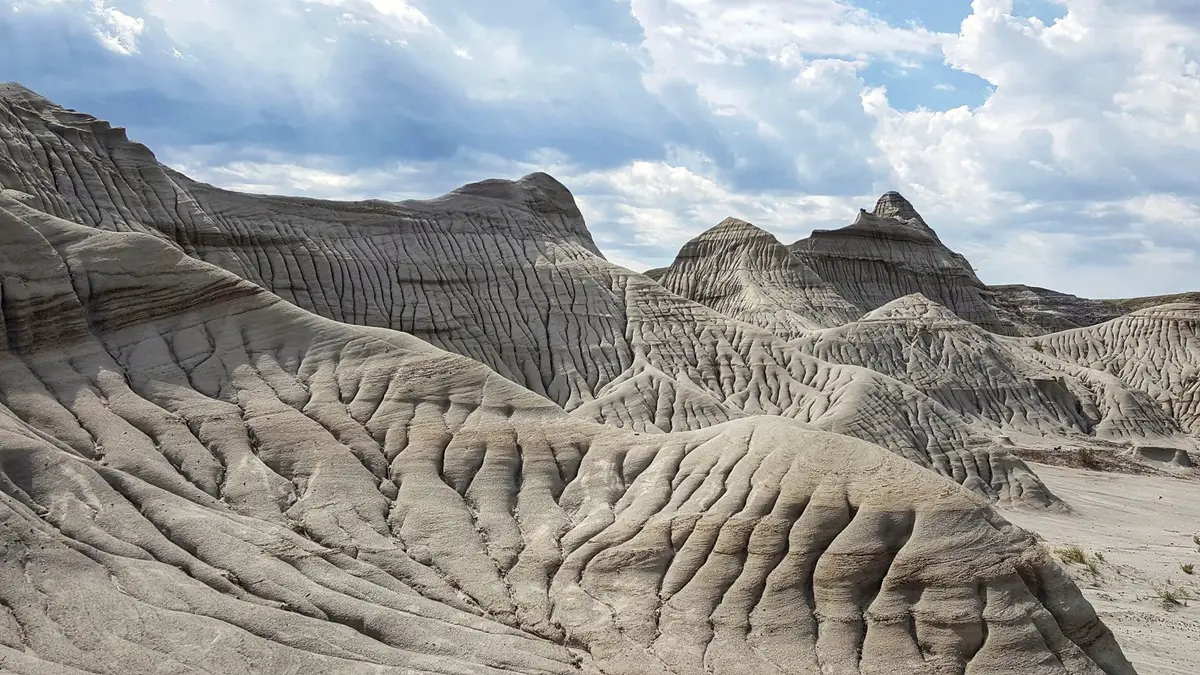
White River Badlands
United States, South Dakota
Sediments in this desolate, picturesque area contain some of the richest finds of the fossils of Oligocene fauna.
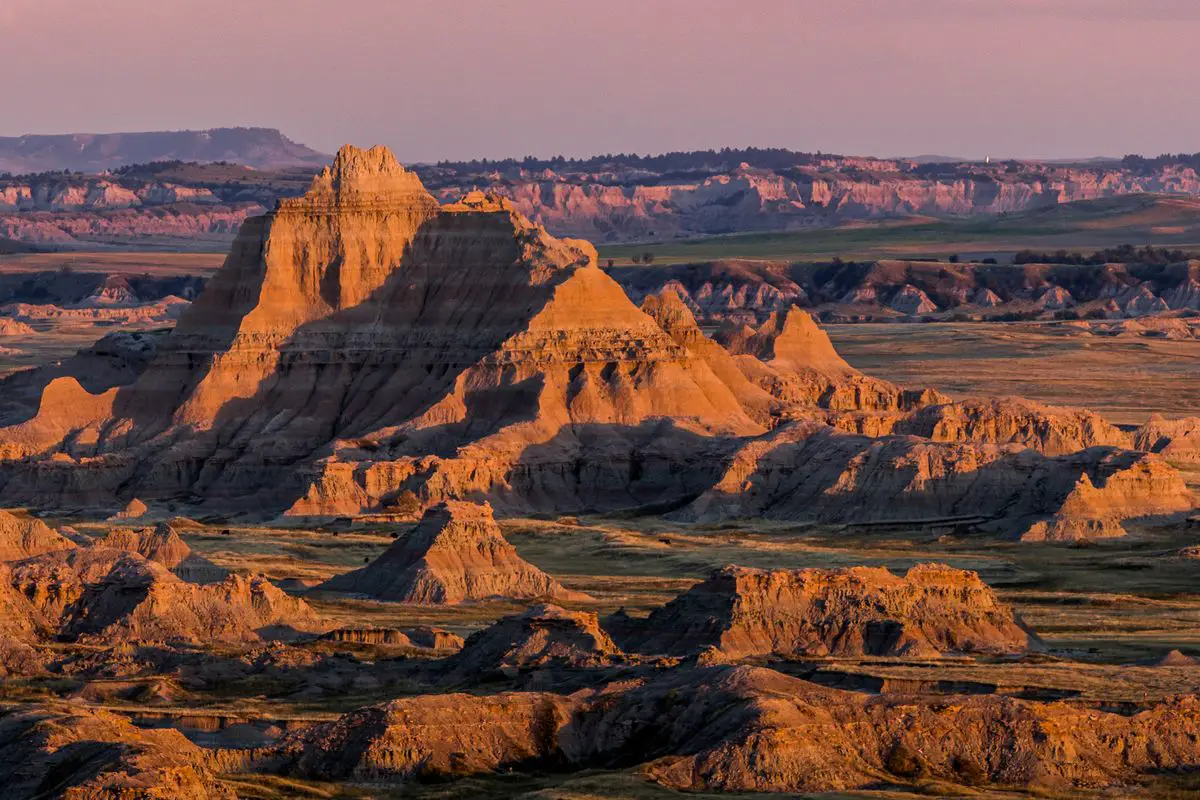
La Brea tar pits
United States, California
In this site in the tar have been preserved numerous extinct animals such as two species of mammoth, saber-toothed cats, American lions, and many others.
Walcott Quarry
Canada, British Columbia
One of the most interesting and richest fossil finds in the world. 505 million years old, Middle Cambrian black shale – named Burgess Shale – contains fossils of soft parts of extinct animals. Tens of thousands of fossils have been found providing rich scientific material that to a large extent has not been processed yet. Many fossils of unusual animals, for example with five eyes, or the unusual, nonsensical animal Hallucigenia.
Grande Cache Dinosaur Tracksite
Canada, Alberta
One of the richest finds of dinosaur tracks in the world. Traces that are left by dinosaurs are spread over a dozen sites in the former Smoky River Coal Mine. All tracks now are on a very steep rock wall. There are tens of thousands of tracks left by diverse species of dinosaurs.
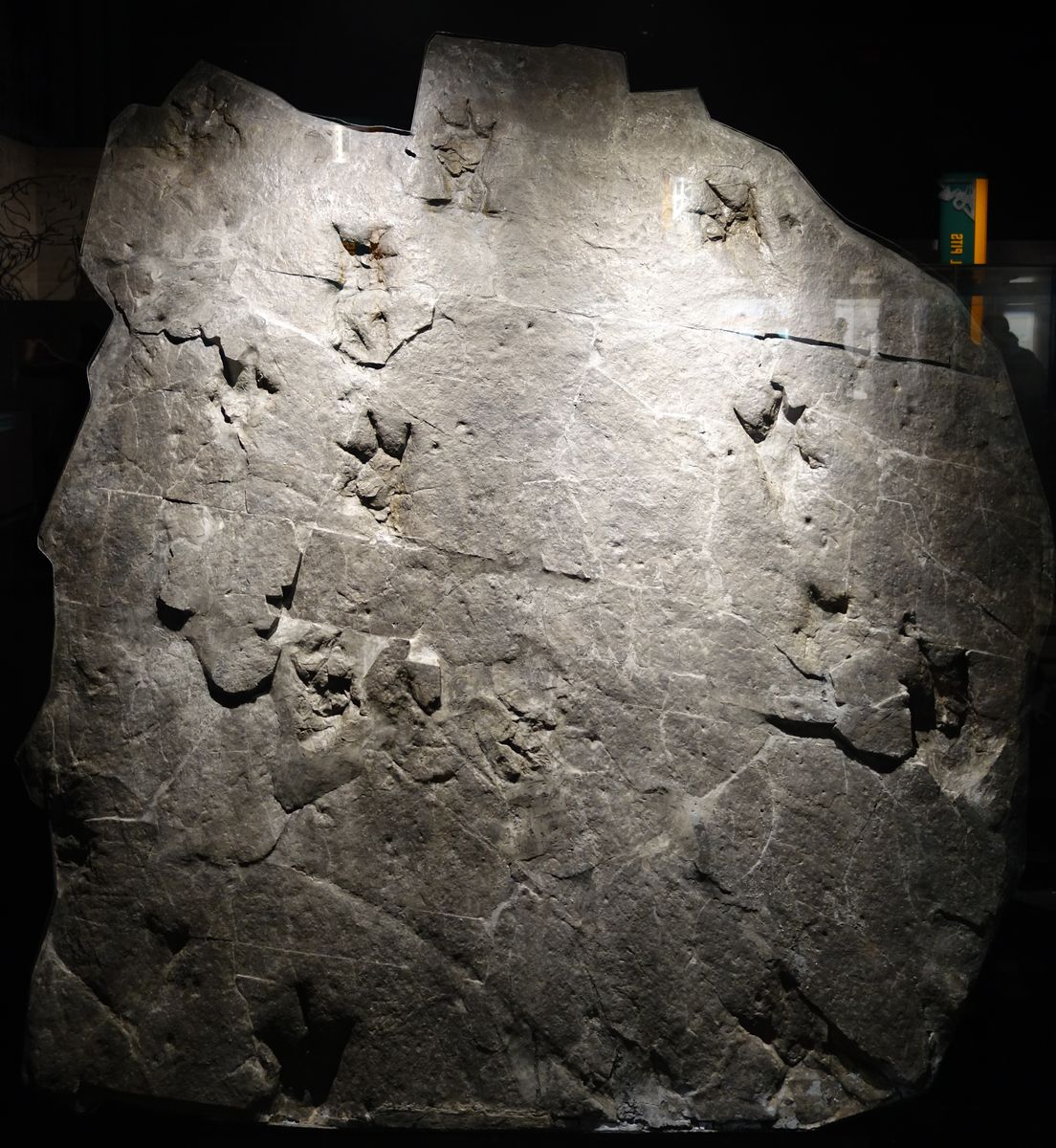
Miguasha Fossil Site
Canada, Quebec
Unique deposits of Upper Devonian fishes and plants, the richest source of investigations of the Devonian period in the world.
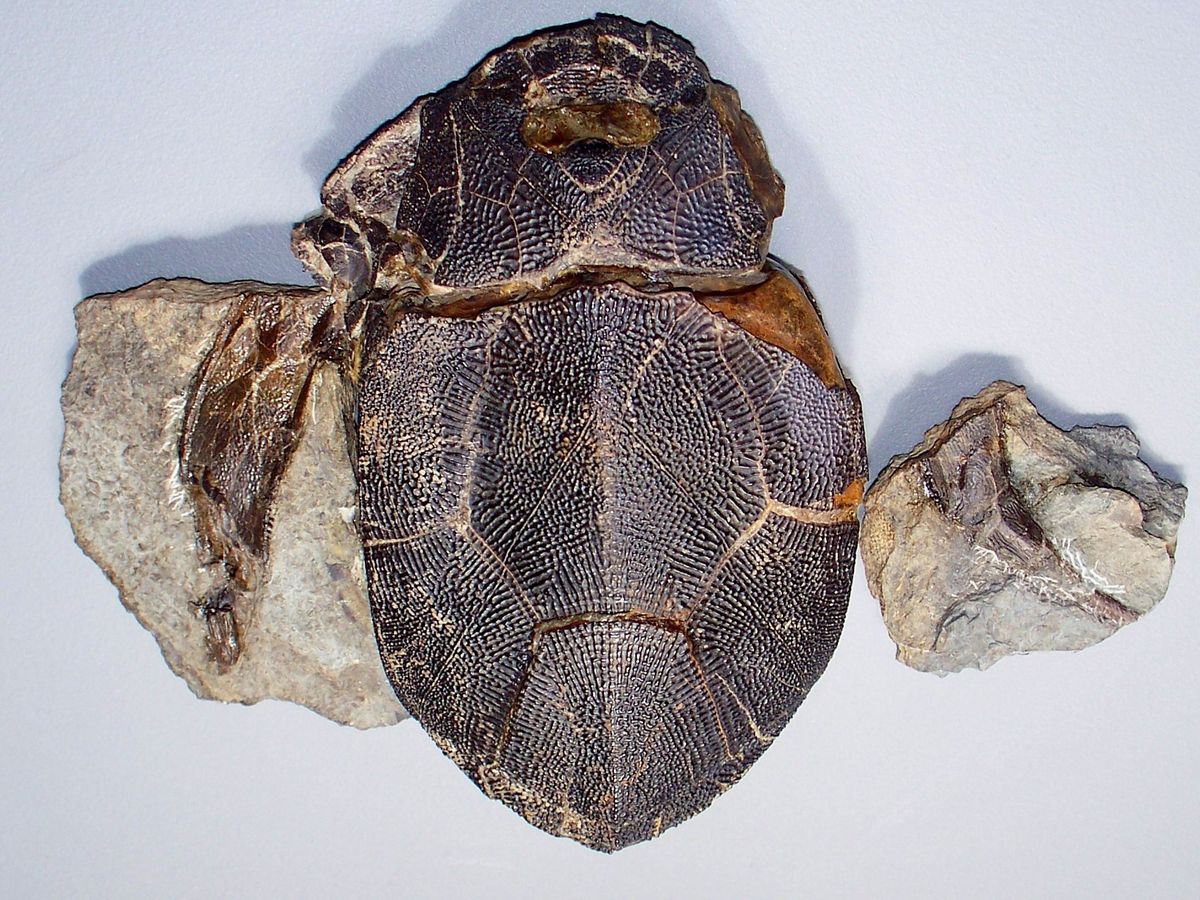
South America
Milodon Cave (Mylodon Cave)
Chile, Magallanes and Antártica Chilena
In this cave were found remnants of the giant ground sloth (Mylodon darwini) and several more extinct South American animals.
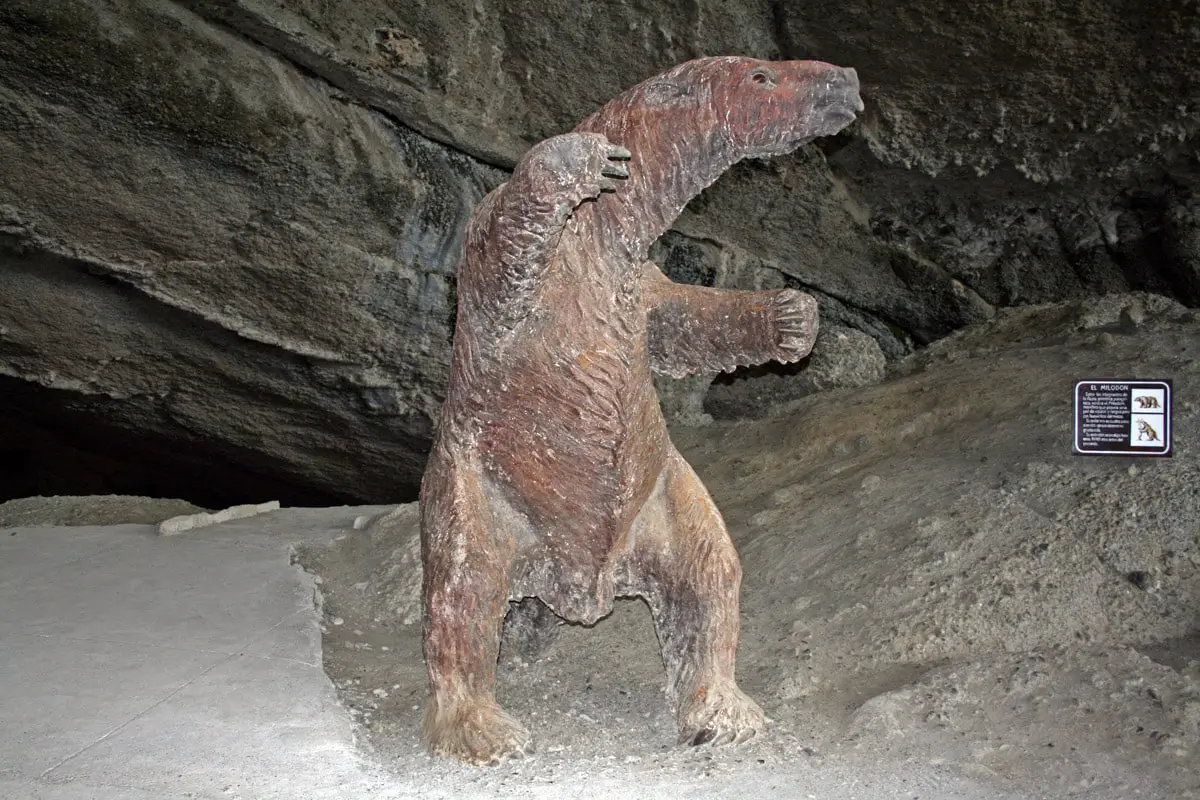
Cal Orck’o dinosaur footprints
Bolivia, Potosí
One of the richest finds of dinosaur footprints in the world. In total there are 465 dinosaur trackways with 12 092 individual dinosaur trails. Here have walked very diverse species of dinosaurs.
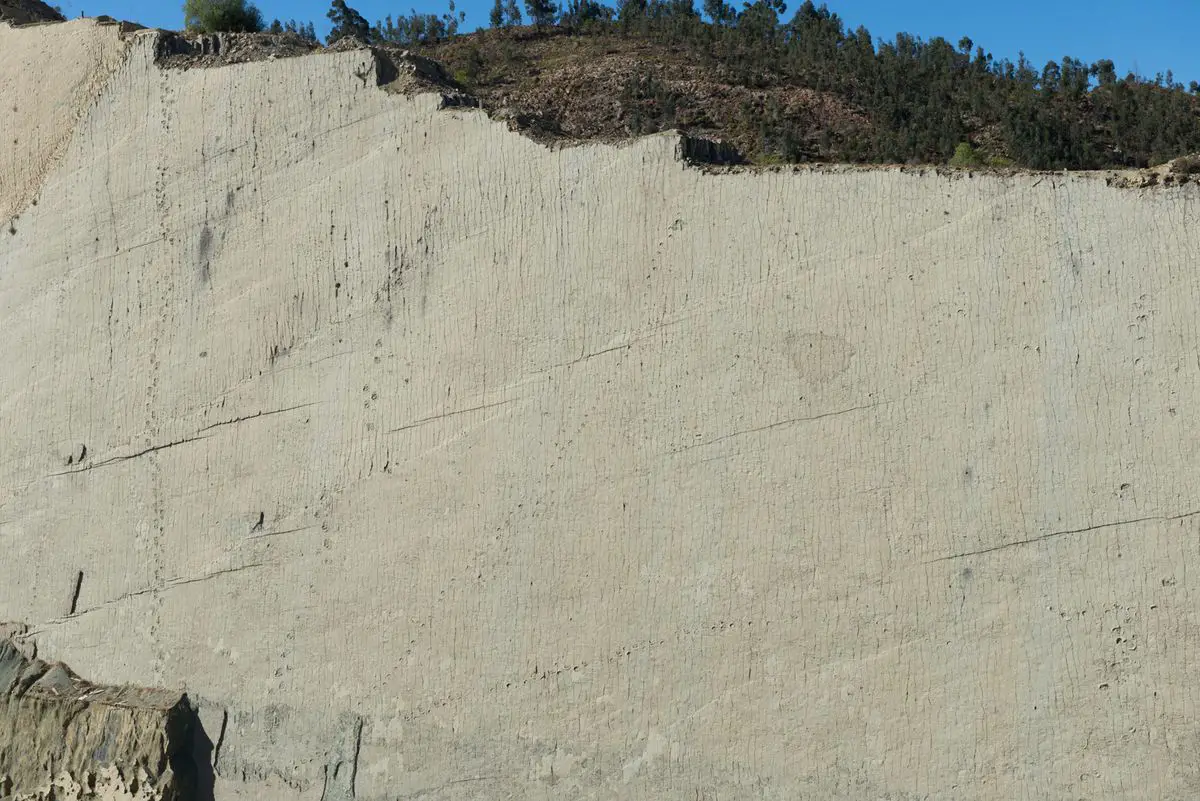
 Recommended books
Recommended books
Dinosaurs Rediscovered: The Scientific Revolution in Paleontology
In this fascinating and accessible overview, renowned paleontologist Michael J. Benton reveals how our understanding of dinosaurs is being transformed by recent fossil finds and new technology.
Over the past twenty years, the study of dinosaurs has transformed into a true scientific discipline. New technologies have revealed secrets locked in prehistoric bones that no one could have previously predicted. We can now work out the color of dinosaurs, the force of their bite, their top speeds, and even how they cared for their young.
Fantastic Fossils: A Guide to Finding and Identifying Prehistoric Life
Nothing fills us with a sense of wonder like fossils. What looks at first like a simple rock is in fact a clue that reveals the staggering diversity of ancient environments, the winding pathways of evolution, and the majesty of a vanished earth. But as much as one might daydream of digging a hole in the backyard and finding a Tyrannosaurus, only a few places contain these buried treasures, and when a scientist comes across a remnant of prehistoric life, great care must be taken. What do budding paleontologists need to know before starting their search?

